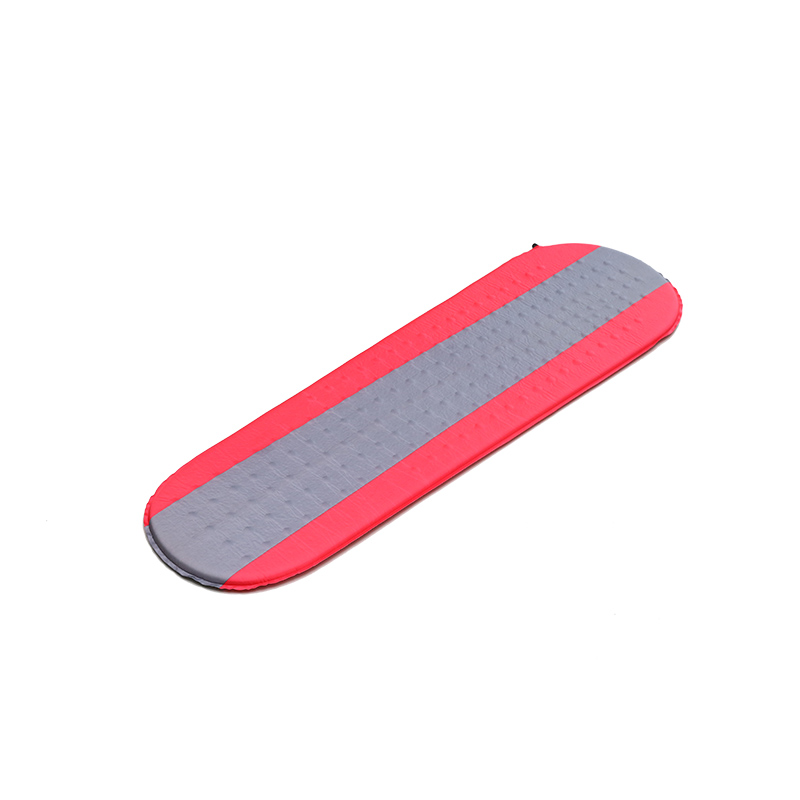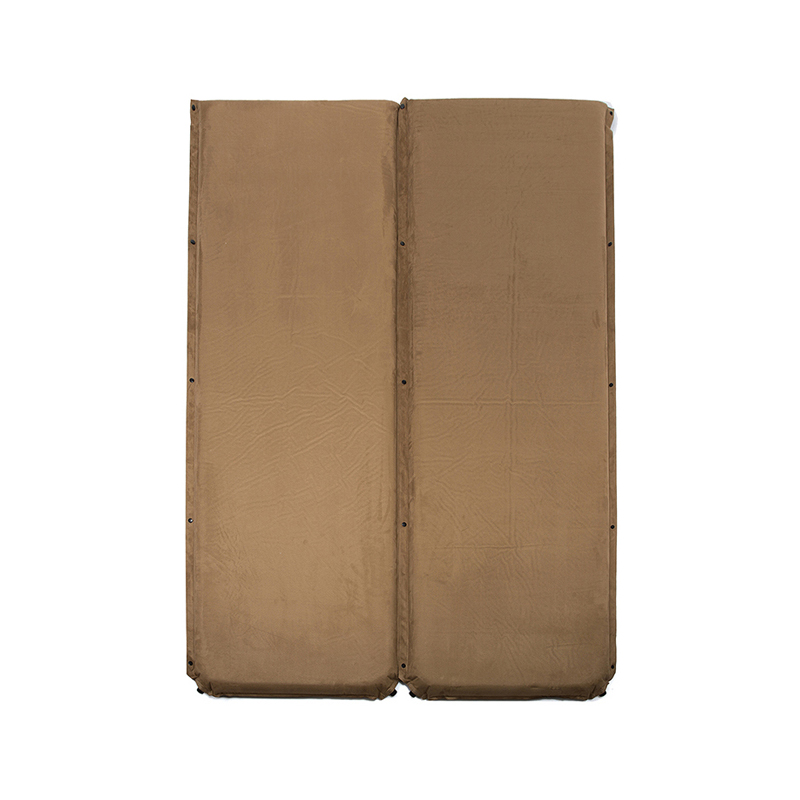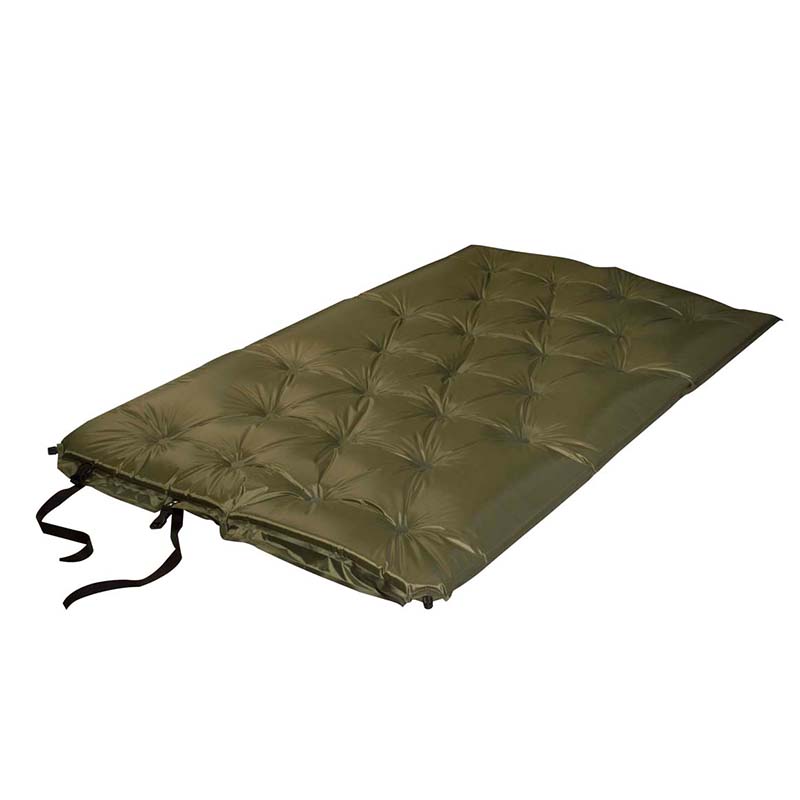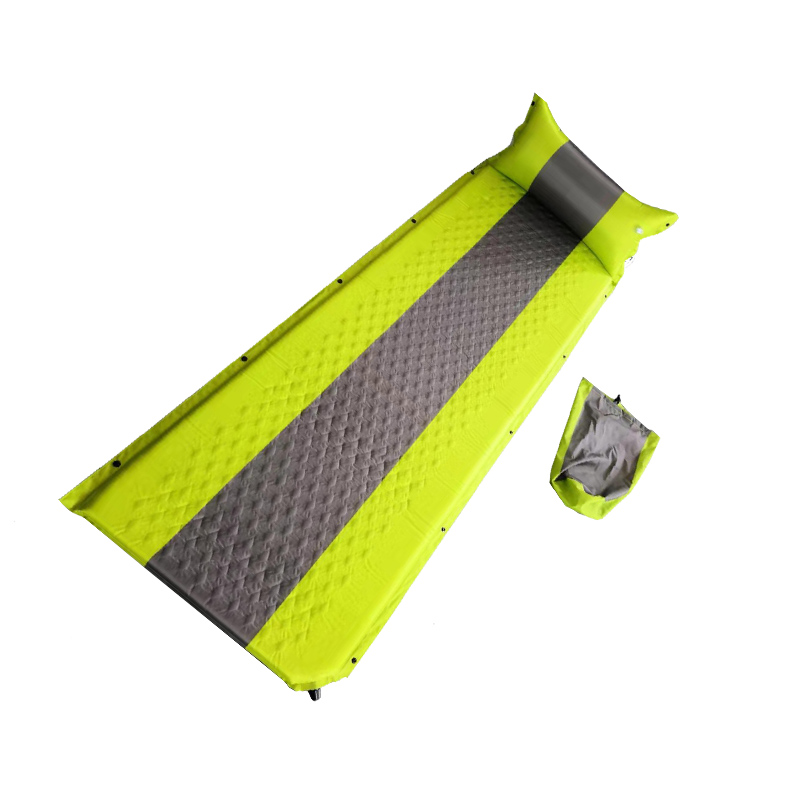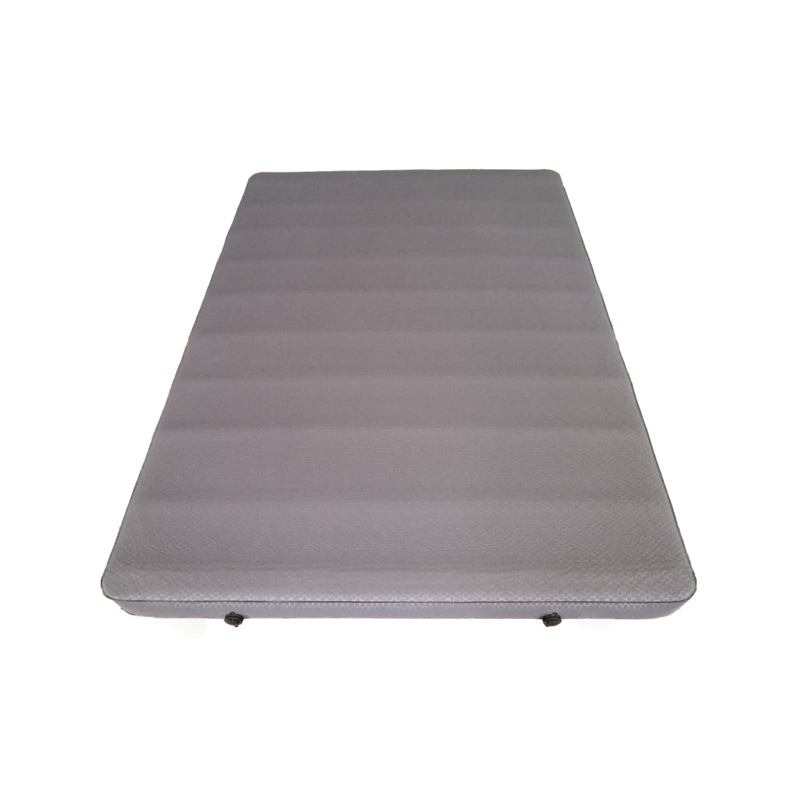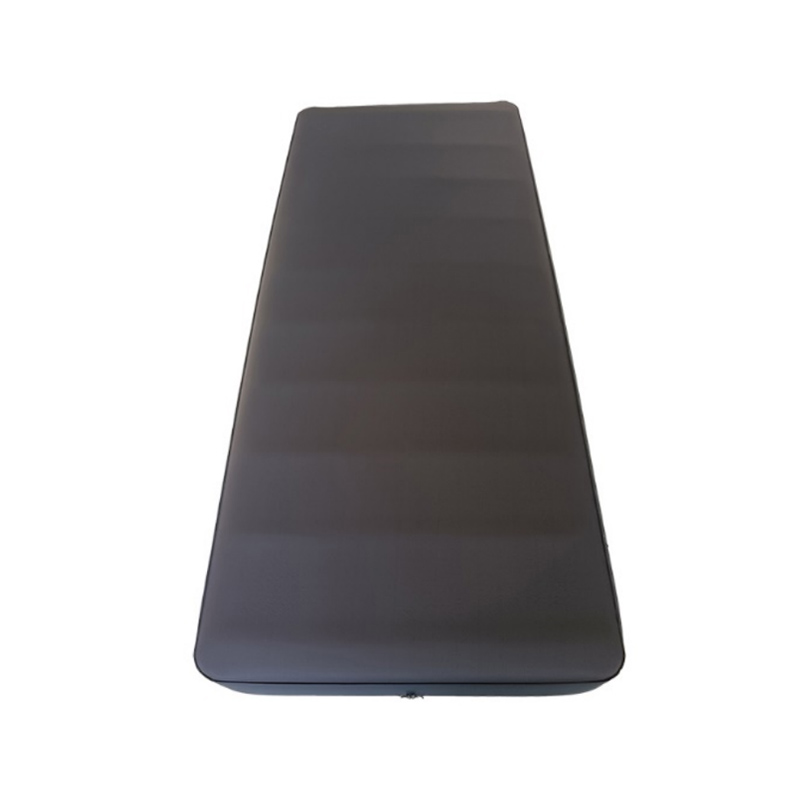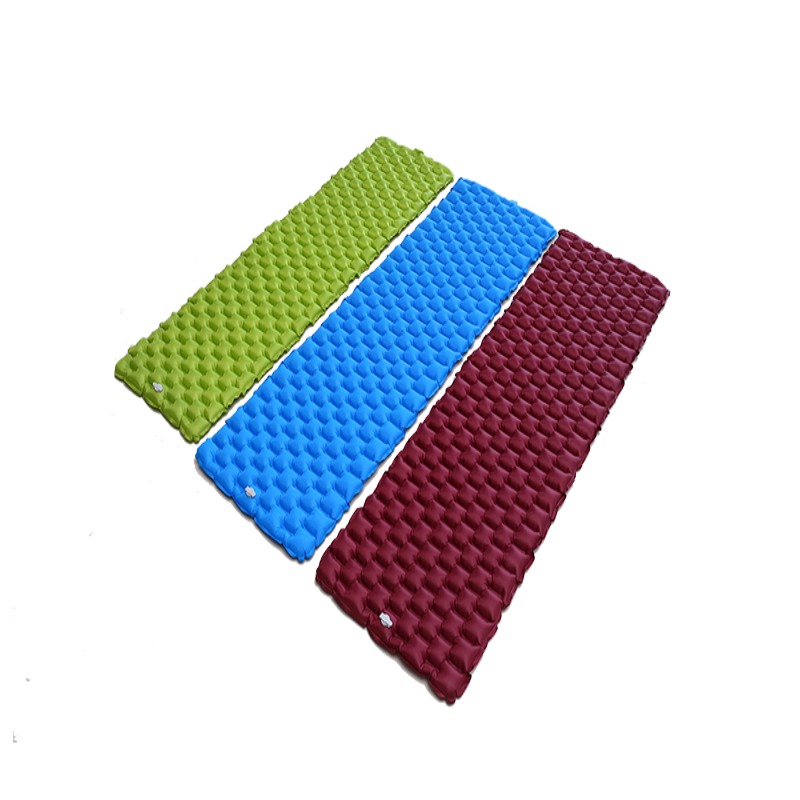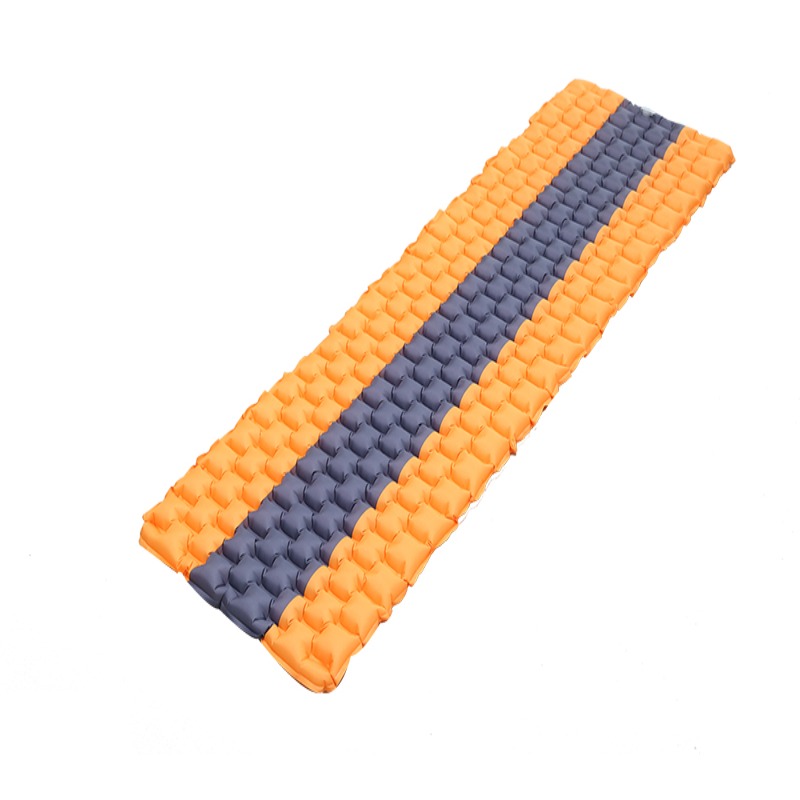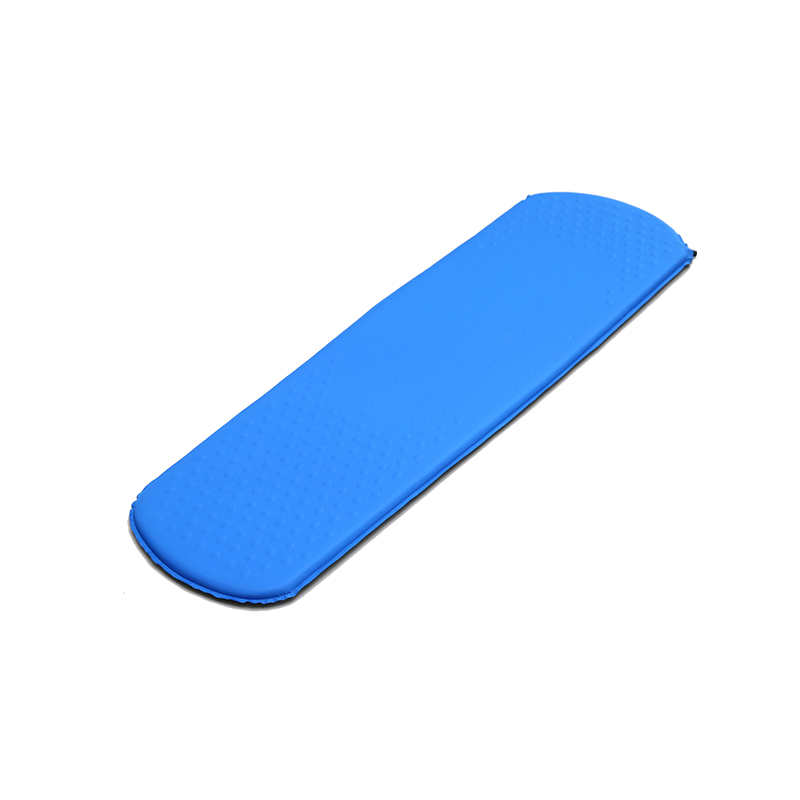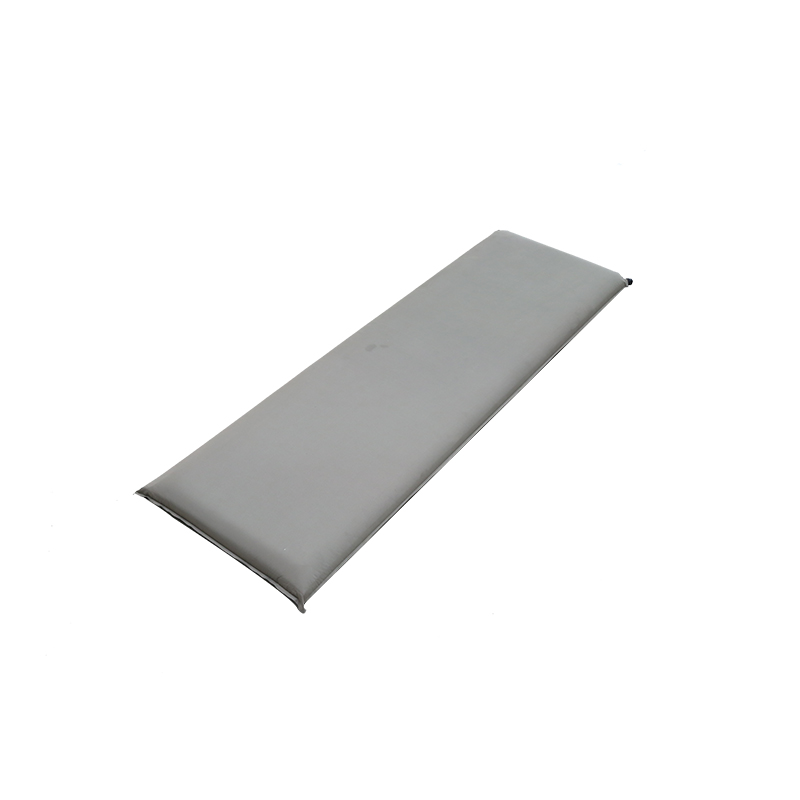Camp selection
Hiking and mountaineering in high altitude areas require more professional and special equipment and construction points. For non-limiting outdoor enthusiasts, camping scenes are usually performed at low and medium altitudes. There are different principles for camping under different terrain conditions, but the core is to ensure the safety of the camp. In addition, local conditions should be selected to set up camps with the lowest impact on the natural environment.
Check the camp-When you see a good camp, look around to see if it is safe.
Look up at three points: whether the location is higher than the dead trees, whether there are loose rocks on the top of the head, and whether there is only a high point around it;
Look down at three points: whether it is on the riverbed in the rainy season, whether it is in a basin or a valley or a flash flood, or whether it is near a cliff.
Generally speaking, there are four principles for the best place to camp: there are water in the surrounding area, the camp should be level, leeward and shaded, and away from danger. Usually tent doors are mostly facing the wind in summer, leeward in winter, or convective water, or have an open field of vision. In addition, camps should not be built on the banks of ditch beds, lower terraces, platforms, and toes.
For low and medium altitude camping, the most common terrain and corresponding camping requirements are as follows:
Forest area-When hiking on routes similar to the Locke Line, Medog, Aotai, Shennongjia, etc., the mountain forest is darker than the open area, so you must choose a camping site early. Select a flat area to clean up gravel and surrounding weeds to prevent animals such as snakes and ants from coming in.
Forest camping should prevent rainstorms and geological disasters, especially during rainy season. Primitive forest camping should pay special attention to moisture resistance. Be sure to lay moisture-proof mats and plastic sheets under sleeping bags and tents to block the atmosphere and moisture, otherwise there will be hidden dangers such as eczema and allergies.
It is best to keep a distance from the camp when it is convenient to get up at night, and try to restore the camp to its original appearance when you leave the camp.
Avoid: Camping under cliffs, sand erosion areas and places too close to the mountains to prevent windy weather from falling.
Don't: Because of low humidity in the valley floor, it is too humid to sleep at night, and there is a danger of falling rocks. In rainy season or rainy weather forecast, you should be careful of torrents and avoid rivers.
Bogey: Fallen trees and wild bees may attack under dead trees or hives.
Avoid: The mouth of the mountain that leads to the water source is often a water spot for animals. Avoid it. Especially in the forest where mighty beasts appear, it is best not to camp.
Meadows-When hiking the Wolf Tower, Wusun Ancient Road, Wugong Mountain, Haidai Mountain and other routes, they will camp on soft and flat meadows, such as mountainside flats and mountain tops.
There is a large temperature difference between day and night on the top of the mountain, and the wind is also strong. Be sure to bring warm clothing and pull a windbreaker when camping.
Avoid: isolated flat land, there may be casualties caused by lightning strikes in the rainy season or in areas with lightning;
Avoid: Camping on the windward slope of the mountain top, there may be casualties caused by lightning strikes in the rainy season or in areas with lightning. If you insist on camping at the top of the mountain, you should take water tools to get water in advance, because the peaks generally have no water source, and the lower valleys are easy to find water sources.
Waterside-including, but not limited to, near the sea, lakeside, or stream. The biggest problem at this time is to avoid accidental flooding of the camp. After selecting a camp, remove shells, stones, debris, etc. as much as possible to level the camp.
If there is a highway by the river, the highway height is used as a reference. If not, the plain river should maintain a drop of at least 1 meter, the valley river should be at least 2 meters, and it must be transferred immediately after heavy rain. You can choose to drop the equipment in emergency.
When camping by the water, be sure to stay away from the water, preferably 60 meters away, and choose a leeward place to avoid pollution.
Avoid: Camping on the beach or in the middle of the river valley, once the water rises, it will be trapped in the middle of the river, and the narrower the river surface, the higher the risk factor. In addition, there is a stream beach with a reservoir upstream. During the rainy season, the reservoir often discharges irregularly, and the downstream stream beach can be flooded within a few minutes.
Avoid: camping on the lower bank of the river or convex bank at the turn of the river, it is also the flow of the flood once it comes. Avoid camping on the beach, at least 3 meters away from the highest point of the historical tide, and it is best to choose the surrounding terrain below Tent place.

 简体中文
简体中文 English
English 日本語
日本語 Español
Español Deutsch
Deutsch